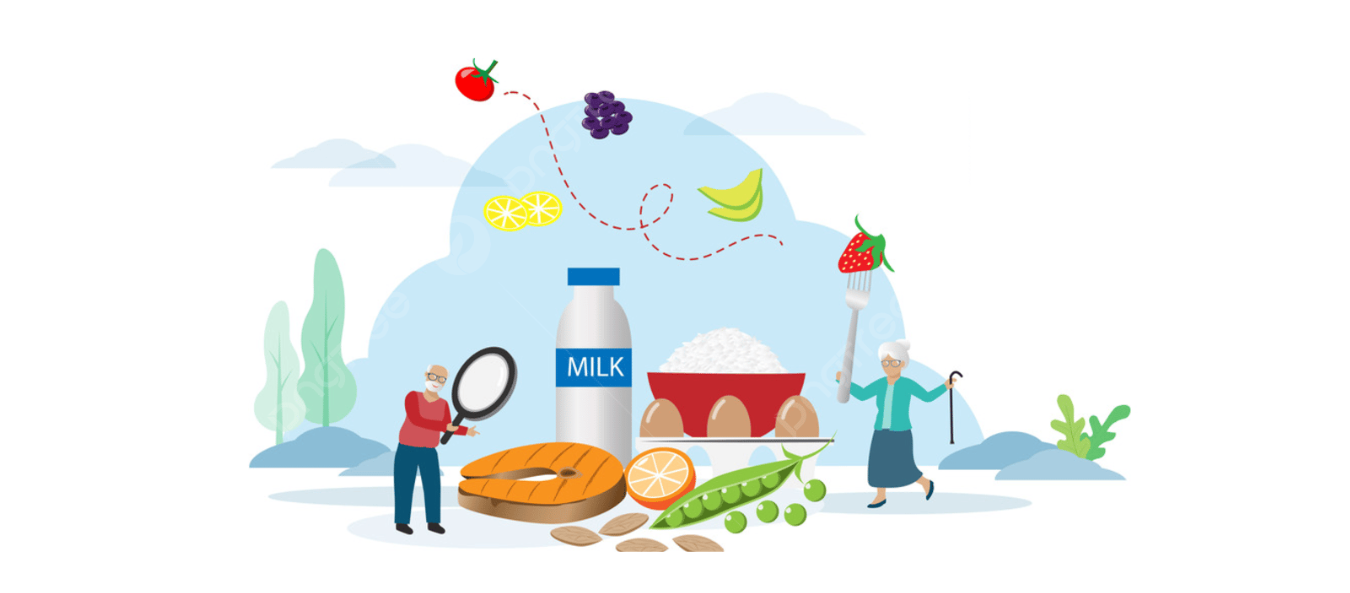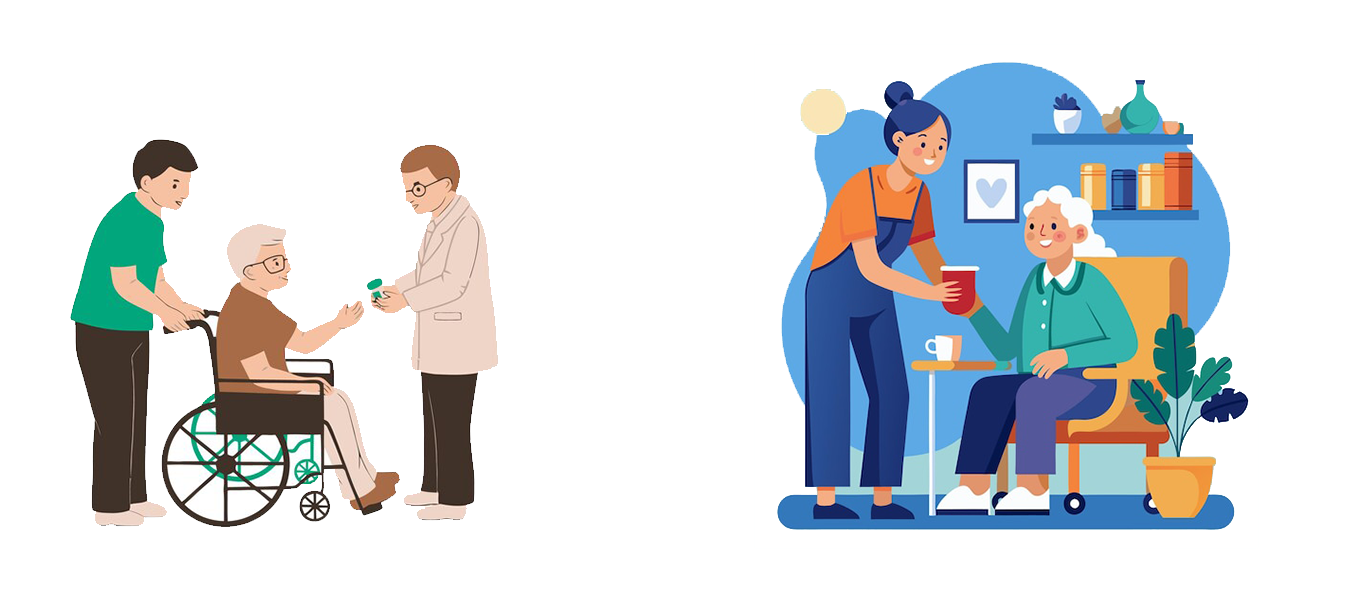Our nutritional demands change as we get older; therefore, it’s important to modify our diets to promote good aging. At Autumn Leaves Elder Care, we recognize that a healthy diet is essential to maintaining mental clarity, emotional stability, and physical health. In this blog, we’ll discuss the importance of nutrition for good aging, along with some delicious and nutrient-dense recipes and professional advice.
Senior Nutrition: Its Significance
While healthy eating is important at every stage of life, seniors need to pay particular attention to it. Chronic illnesses, including diabetes, hypertension, and heart disease, can be better managed with a balanced diet. In addition, it enhances immune system performance, bone health, and cognitive function, all of which improve quality of life. Seniors’ nutritional intake, however, can be impacted by several variables, such as changes in appetite and taste, dental problems, and medication side effects. Consequently, it’s critical to concentrate on nutrient-dense foods that include the required vitamins and minerals without being too caloric.
Important Nutrients for Healthy Aging:
Protein: Protein keeps seniors active and independent by preserving their muscular mass and strength. Add sources such as fish, chicken, eggs, dairy, beans, and lentils, as well as lean meats.
Vitamin D and Calcium: These are essential for healthy bones. Include dairy products, leafy greens, fortified cereals, and sunshine to guarantee sufficient consumption.
Dietary fiber: It facilitates digestion and keeps constipation at bay. Legumes, fruits, vegetables, and whole grains are all great sources of dietary fiber.
Omega-3 Fatty Acids: Found in walnuts, flaxseeds, and fatty fish (like salmon and mackerel), omega-3s are good for heart and brain function.
B vitamins: Found in large quantities in whole grains, meat, eggs, dairy products, and leafy greens, B vitamins are essential for energy metabolism and brain function.
Antioxidants: Found in vibrant fruits and vegetables like bell peppers, tomatoes, and berries, they help shield cells from harm.
Expert Advice for Implementing Healthy Eating:
Expert Guidance on Putting a Healthy Eating Plan into Practice: Well-Balanced Meals: For a well-rounded nutritional intake, try to incorporate a range of food categories during each meal. The USDA’s MyPlate is a useful tool for meal planning.
Keep Yourself Hydrated: Dehydration is a common danger for seniors. Encourage consuming hydrating items like fruits and vegetables, as well as water, throughout the day.
Make Dietary Needs Adjustments: Modify meals to satisfy any dietary requirements or medical issues. For example, pick low-sodium foods if you have hypertension.
Make Meals Fun: Eating is a communal and multisensory activity. Establish a welcoming eating space, play around with herbs and spices to bring out the taste, and eat meals with people whenever you can.
Nutritious Recipes for Seniors
1.Baked Salmon with Quinoa and Steamed Vegetables
Ingredients:
Two fillets of salmon
One cup of quinoa
two cups of water
one cup of broccoli
one cup of sliced carrots
Two tablespoons of olive oil
To taste, add salt and pepper.
slices of lemon as a garnish
Guidelines:
Turn the oven on to 375°F, or 190°C.
Salmon fillets should be put on a baking pan, brushed with olive oil, then salted and peppered. Bake for 15 to 20 minutes, or until well done.
Wash the quinoa in cool water. Place the quinoa in a medium pot, add two cups of water, bring to a boil, cover, lower the heat, and simmer for fifteen minutes. Steam broccoli and carrots until tender. Serve salmon over quinoa with steamed vegetables on the side. Garnish with lemon wedges.
2.Frittata with spinach and mushrooms
Ingredients:
Six big eggs
One cup of freshly chopped spinach
One cup of sliced mushrooms
Half a cup of shredded cheese, if desired
one-fourth cup milk
To taste, add salt and pepper.
One tablespoon of olive oil
Guidelines:
Set the oven’s temperature to 175°C/350°F.
Beat eggs, milk, pepper, and salt together in a bowl.
In an oven-safe skillet, warm the olive oil over medium heat. When the mushrooms are tender, add them and simmer. When the spinach begins to wilt, add it.
Cover the veggies with the egg mixture and heat until the edges start to firm.
If desired, top with cheese and place the dish in the oven. Bake the frittata for 15 to 20 minutes, or until it sets completely. Before slicing and serving, allow it to cool somewhat.
In summary
At Autumn Leaves Elder Care, we’re dedicated to using a healthy diet to improve our seniors’ health and well-being. We assist our elders in preserving their vigor and making the most of their golden years by emphasizing nutrient-rich cuisine and providing pleasurable dining experiences. Healthy aging may be greatly improved by incorporating these professional nutritional suggestions and delectable recipes into your everyday life, whether you are seeking advice for yourself or a loved one.







